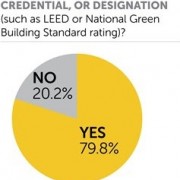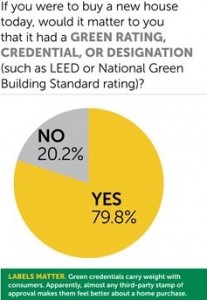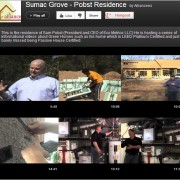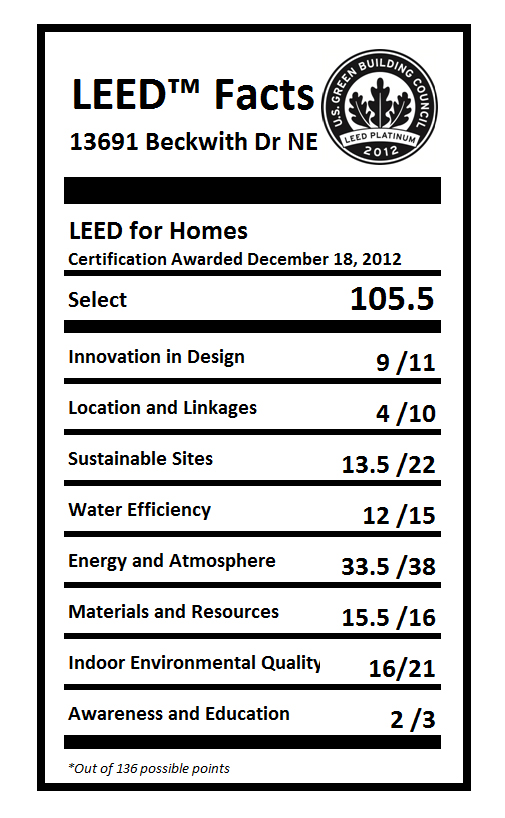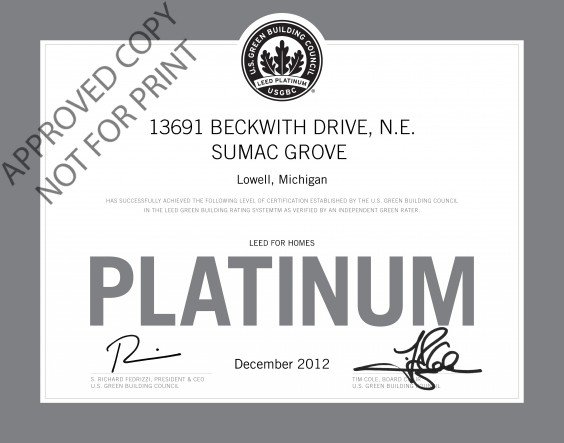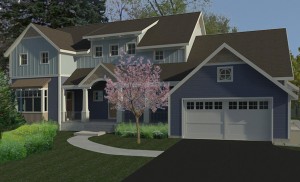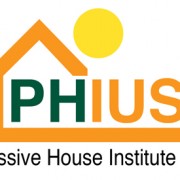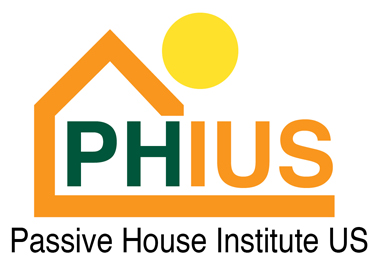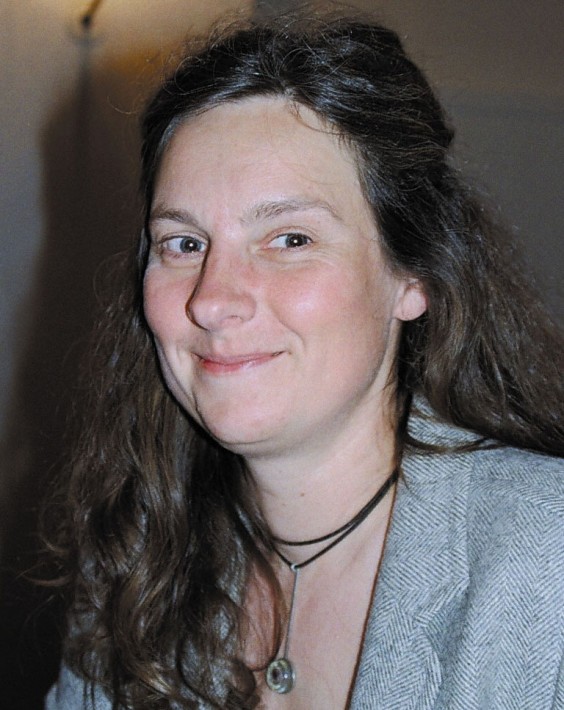In this webinar, Ryan Miller, Program Manager of Advanced Energy’s Quality-Assured Professional (QAP) for HVAC program, one of two national HVAC Contractor credentialing programs for the ENERGY STAR® Certified New Homes program v3.0, will present lessons learned from the HVAC Contractor owner/operators the program has worked with during its first year in operation.

Topics include:
1. The changing role of HVAC Contractors working in the ENERGY STAR® program. What HVAC Contractors are required to do and should be doing.
2. How to save time, money, and increase customer satisfaction by performing quality ENERGY STAR® work. Tips for developing internal quality control plans and procedures will be provided.
3. Training crews on performing ENERGY STAR® jobs. What they need to know, how you can train them, and resources available to them that can decrease their time and cost on jobs while increasing quality.
4. Marketing your company as a (ENERGY STAR® v3.0 required) credentialed HVAC Contractor. Tips for setting your company apart from others in the market.
5. How to evolve your role with Builders and Raters from receiving design plans to having significant input in the upfront design process. How acting as an HVAC design advisor on ENERGY STAR® jobs, not just an installer, can yield across the board savings for all parties involved and reduce comfort issues.
Target Audience: HVAC Contractor owner/operators currently working in or interested in working in the ENERGY STAR® Certified New Homes program. Prior experience in the ENERGY STAR® program is not necessary
Recording can be viewed here
Please take a min to fill out this survey after viewing. Thank you!
Instructor
Ryan Miller: Project Manager II and Quality-Assured Professional (QAP) Program Manager, Advanced Energy Corporation
Ryan Miller joined Advanced Energy in 2011 to manage residential new construction projects for utility and other clients from across the country. As a certified Project Management Professional (PMP) and Six Sigma Black Belt, Miller brings significant project management and business process improvement experience to the organization and its customers.

In 2012, Miller managed the development and launch of the first nationwide residential energy efficiency program in Advanced Energy’s 30-plus year history with the Quality-Assured Professional (QAP) program. As Program Manager, Miller is responsible for the managing the strategic direction of the program as well as the day-to-day administration of the staff and program participants.
Prior to joining Advanced Energy, Miller was the Operations Manager for a home performance contractor in Durham, NC, where he learned energy efficiency improvements and HVAC contracting from the ground-up. Managing the office and warehouse functions of the company, Miller made significant operational and financial improvements to the organization. Prior to this experience, Miller served as Business Process Manager for Texas Electric Cooperatives (TEC) in Austin, TX. In this position, Miller again tackled business and system improvement projects throughout the state, working closely with the statewide electric cooperatives and other utilities to lower costs, improve efficiencies, and lead training initiatives.
AIA & GBCI CEUs In order for CEUs to be processed we will need a small donation based on what value you found on the course. As a 501(c)3 charitable organization (view our details), we deliver green building education courses throughout the Midwest at minimal cost and at no profit. Please support us to help keep these going. Your donation to the Green Home Institute may be tax-deductible. Please check with your accountant or tax attorney for details.



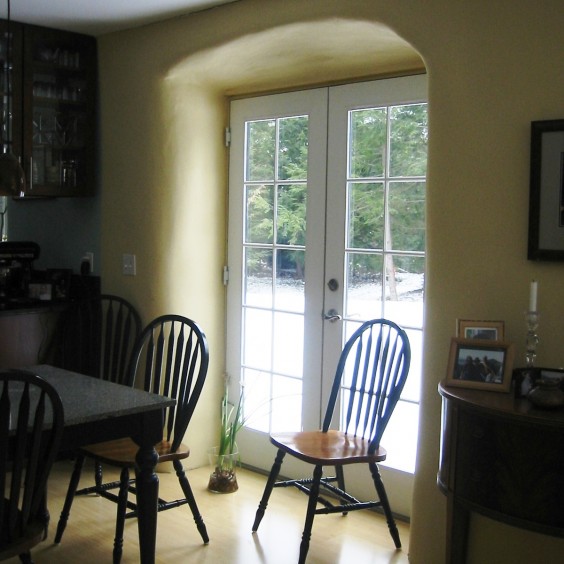
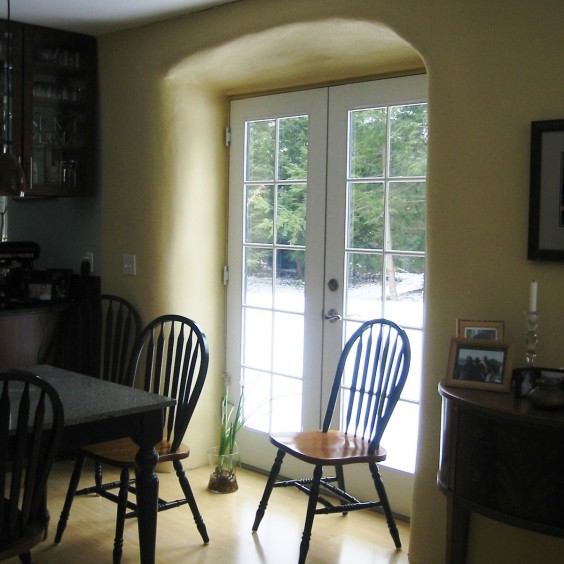 Are natural, locally or regionally sourced, non toxic, bio-based wall assemblies possible in the cold weather climate regions of the US? How can
Are natural, locally or regionally sourced, non toxic, bio-based wall assemblies possible in the cold weather climate regions of the US? How can 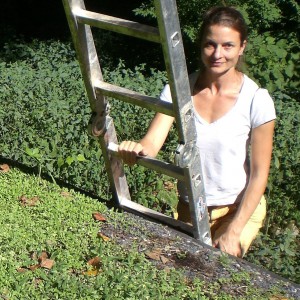 About the Presenter
About the Presenter
